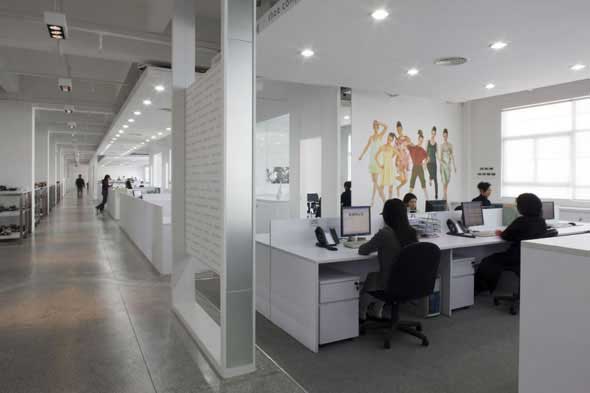Today, Most of the organizations around the world prefer to work in a closed office environment which is called remote workforce model. Employees live close to their office or they drive long distances on a daily basis. Even though it involves a reasonable cost to maintain office environment, there are significant advantages by which companies/corporates prefer this method.
In a closed office environment with a Centralized workforce, all employees sit with in a building and many cases next to each other. So, colleagues will have a chance to socialize themselves and understand each other. If we think in detail about it, an average working employee spends 45 to 50 hours a week with their co-workers which in many instances is more than the time they spend with their family members. They develop their social lives purely around the relationships they make at work. Secondly, the knowledge and information shared more effectively in a closed work environment. A typical coffee break may involve colleagues discussing an important challenge faced by the mobile app designer for a mission critical and user-friendly mobile app that they are designing. The other advantages are fast execution, reduced conflicts, control, and accountability.
Remote work force models or Virtual work force became increasingly common. Let it be a startup world or a top class Multi-national company. Does working from home really work? A recent survey found that remote workers are 13% more productive, happier, and less likely to leave than office-bound colleagues. Virtual work saves costs, benefits the environment, and offers desired flexibility, prompting widespread adoption.
How does the employer or the manager know if their remote employee is actually working and not wasting time? In order to answer this, we may need to to know the challenges of remote work force models that threaten to outweigh the benefits.
(i) Lack of daily face to face communication
(ii) Lack of Social Interaction
(iii) Lack of work trust
(iv) Cultural clashes
(v) Loss of team spirit
How can you Effectively Manage your Remote Workers:
Firstly, you can organize a regular audio or video calls (preferred) on a consistent basis either with the immediate manager of the remote worker or you yourself. It can be a weekly review meeting or a monthly meeting – reviewing the work progress and setting the goals. This is not only an opportunity to get to know the work but also to talk about the well-being which improves the connected spirit.Discover the pros and cons of centralized and remote workforce models. Learn effective strategies for managing remote employees.
Utilize “Krify Remote Work Manager” software to track check-in/out times and screen shots, ensuring remote employee accountability. Tools such as it will help to build trust and respect for the remote employee’s integrity. Incase if you would like to know more about the Software, please contact us for a demo.
Finally, setting golas, tracking goals and achieving success together is win for all. Corporate culture and centralized software systems enable companies to leverage the virtual workforce, fostering adaptability and control.






